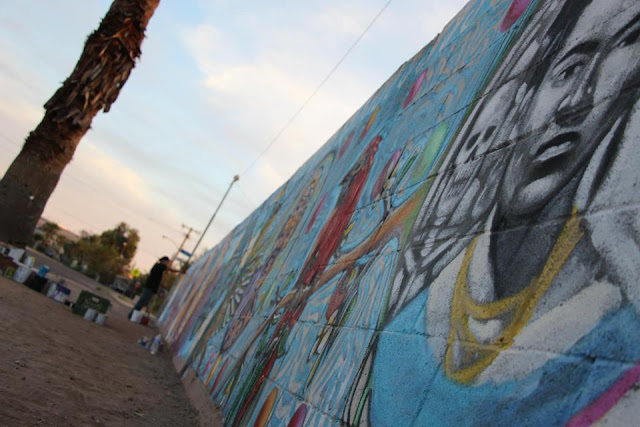 |
| Meeting with Navajo Nation Washington Office |
The conference
wasn't that bad, it was highly organized and the free food (hummus wrap) was quite delicious. The first day reminded me of
my first semester in college, full of idealism up to here (makes hand motion). The second day reminded me of my first year after
graduating from college: it was stuck somewhere between theory and practice.
The people were actually starting to burn out by the end of the second day; the
look on their faces told a story of coming to the realization that sustainability
and creating jobs didn't go together. I didn't feel sorry for anyone.
Wouldn't it have been better for the colonizers to first appropriate all of
our good ideas on kinship and sustainability before they stole our land and fucked it up? Then "we" wouldn't be in this mess or at this conference in D.C. on kumbaya and money. I couldn't help but ask myself
these questions as I listened to environmentalists and capitalists go on and on about sustainability and jobs. The
settler-colonists still have a lot to learn about kinship,
maybe it's still our (Indigenous) responsibility to teach them how to be good human beings.Yup, that's where Squanto messed up, learning to be good relatives should have
been a precondition for food. This way there wouldn't have been a need for treaties, wars, reservations and boarding schools. I'm just kidding, sort of.
Back to 2013,
nowadays we practice our stoic looks before going into meetings on the social, political and economic conditions in "Indian Country." The meetings
usually go very well, we shake hands and agree that the social, political and
economic conditions in "Indian Country" are horrid. They swear that
they aren't allowed to help Indians and that they would if they
could, then they swear they didn't know they could help and will now do more to
be better advocates. Lastly, they start asking rhetorical questions on what we
could do if we were in their positions or what needs to happen. The kind of superficial questions that they already have really smart asshole answers for, and all
this before they walk us out the door and hand us their business cards.
All Cynicism aside, the conference actually went very well, mostly because of the awesome
Dine' peeps I ran into. On the last day we decided to salvage our expensive
trip to D.C. by forming a temporary war party and lobbying on behalf of our people
back home in Dine Bikeyah. We managed to meet with the Senate subcommittee on
Indian Affairs, Senator Flake, and the Navajo Nation Washington Office. We had
a good discussion with the Navajo office on representation of different community
interests, and the need for more critical thinking in current Dine'
"governance."






